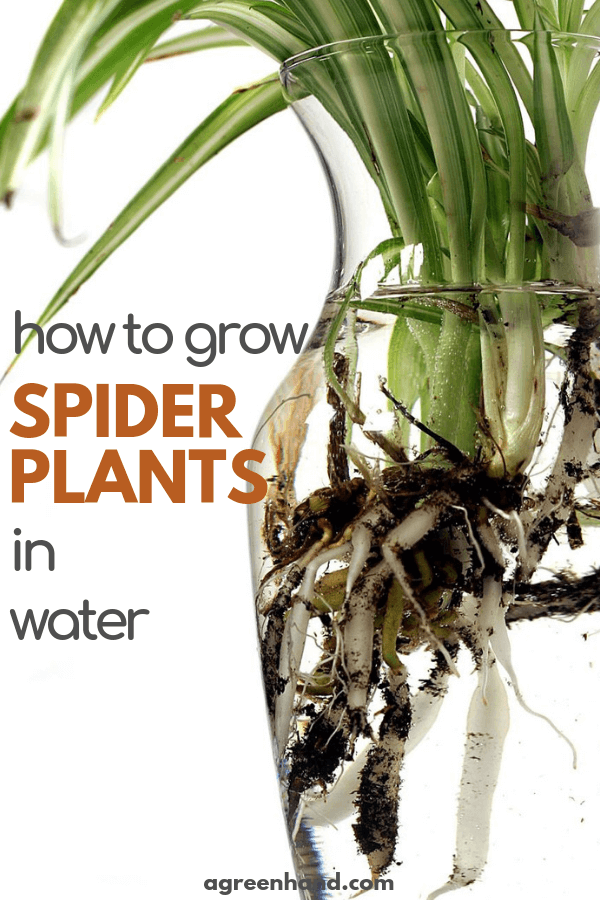Spider plants are an excellent indoor house plant, and by growing baby spider plants in water you can increase your numbers of them, easily and cheaply.
Research carried out by NASA found that after 24 hours, spider plants had removed a very large percentage of both carbon monoxide and nitrogen dioxide from the air in the tests they carried out, so greatly improving the air quality.
Along with this, they are remarkably hard to kill, as noted by Caring for Houseplants, so are ideal both for those just starting out in keeping indoor house plants and for those whose thumbs aren’t particularly green.
Although spider plants are relatively inexpensive to buy, money can be saved by growing the baby spider plants yourself. The initial plant has to be bought, but once in good conditions and reasonably grown, this plant will give off many babies, which can either be left on the parent plant for decoration or can be transplanted and grown into separate plants.
Separating the Baby Spider Plants from the Parent
To separate the babies from the parent, all you need is a pair of scissors. Snip just above the base of the baby spider plant on the stem from which it is growing from.
Try not to cause too much damage to the parent plant, or to the baby plant — you want both to survive! Once separated from the parent spider plant, the baby spider plant is ready to be grown in water.
Growing Baby Spider Plants in Water
After separating the baby from the adult, it is important to ensure that the baby spider plant will get enough nutrients it needs to survive. All garden centers will stock some form of liquid plant food, and some will stock formulas for stimulating root growth. These can be very useful in the growing of baby spider plants but are not essential.
The baby spider plant then needs to be suspended in water – enough so that it’s root base is submerged, but not so much that the plant will rot. The water should have the liquid plant food added to it, so to supply the baby spider plant with the nutrition it needs to initially survive.
I have found that using the trays sold holding plant plugs are very useful for this, and also provide the support for the spider plant to keep its leaves upright. Move your baby spider plant to a location where it will receive partial sun, and leave it.
Within a week, you should notice that roots are beginning to form.
Once the roots have reached between an inch or two in length, it is safe to transfer the spider plant into a pot. The transition from water to soil can be a shock to some plants, but most are able to adapt with no problems.
What to Do with Your New Spider Plants
Congratulations! You now have several new spider plants! By growing your own spider plants, you can increase the number of indoor house plants you have within your own home, but we all reach a limit!
There comes a time where window space is running low, so the question asked is, what can I do with my spider plants now?
The baby spider plants can be left on the adult spider plant to add to its beauty — and don’t worry, no matter how many times you collect babies to grow, more will continue to grow on the parent – or you can carry on growing the baby spider plants in water.
Spider plants make a great gift to family and friends, as they improve the air quality, and look great. They are also very easy to sell at car boot sales due to their constant popularity, and can even be sold online! (Though don’t expect to make a fortune out of them.)
Spider plants make a beautiful addition to any home, and by growing the baby spider plants yourself, you can save money whilst increasing the number of spider plants you have, provide charming gifts for family and friends, or even earn a little money.
Growing spider plants can be an enjoyable pastime, and is a hobby taken up by many people looking to improve the air quality and appearance of their home, without having to spend a great deal of money.



